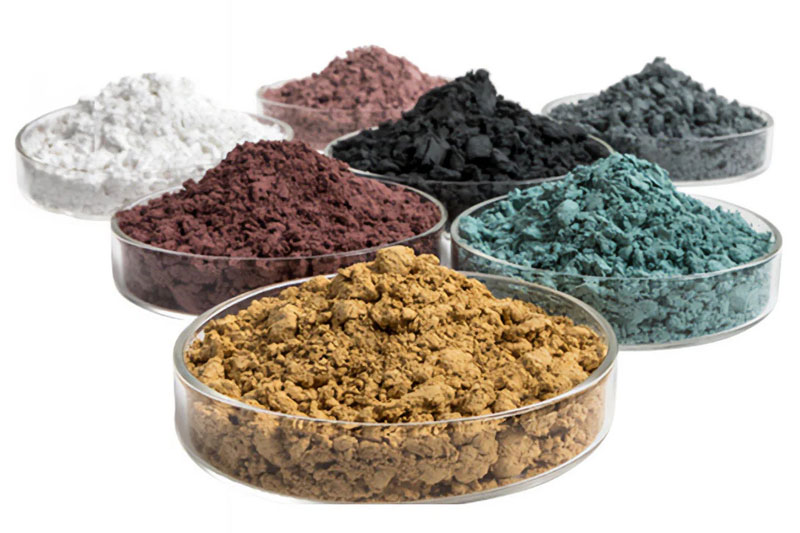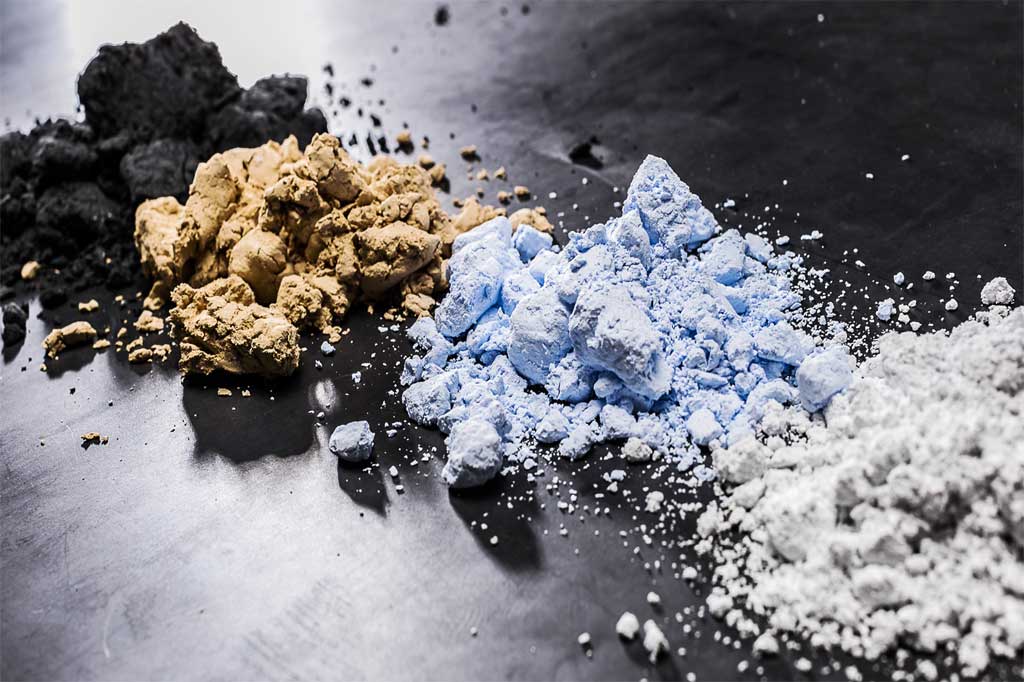Pure PTFE (also referred to as virgin PTFE) has limitations such as low mechanical strength, poor wear resistance, and high deformation under load (creep).
To overcome these drawbacks and tailor PTFE for more demanding applications, engineers and material scientists introduce various fillers into the PTFE matrix. These fillers enhance specific properties while maintaining many of PTFE’s inherent benefits.
This article provides a comprehensive overview of PTFE fillers, including their types, functions, applications, and considerations for use in different industrial environments.
1. What Are PTFE Fillers?
PTFE fillers are solid materials incorporated into the PTFE matrix to improve specific mechanical, thermal, or electrical properties. The resulting compounds, commonly referred to as “filled PTFE”, combine the chemical and thermal stability of PTFE with enhanced strength, wear resistance, or conductivity provided by the fillers.
Typical filler contents range from 5% to 40% by weight, depending on the application requirements.
2. Why Use Fillers in PTFE?

While PTFE is highly effective in chemically aggressive and high-temperature environments, its pure form is relatively soft and prone to creep and wear. Adding fillers addresses these limitations in several ways:
- Improved dimensional stability
- Increased wear and abrasion resistance
- Higher compressive and tensile strength
- Lower cold flow (creep)
- Enhanced thermal conductivity
- Customized electrical properties (conductivity or insulation)
By carefully selecting the right filler or combination of fillers, PTFE can be tailored for use in more demanding mechanical, thermal, or chemical environments.
3. Common Types of PTFE Fillers and Their Benefits

Below are some of the most commonly used PTFE fillers and their functional properties:
a. Glass Fiber
- Purpose: Increases compressive strength and reduces creep.
- Advantages: Improves dimensional stability, mechanical strength, and wear resistance.
- Applications: Hydraulic seals, compressor components, and high-load bearings.
- Note: Glass fiber-filled PTFE may be abrasive to mating surfaces and should be used with care in soft metal applications.
b. Carbon (Powder or Fiber)
- Purpose: Enhances wear resistance and thermal conductivity.
- Advantages: Excellent chemical resistance, improved hardness, and good electrical conductivity (semiconductive grades).
- Applications: Electrical components, pump parts, and sliding seals.
- Note: Carbon fillers may reduce PTFE’s dielectric strength but improve dissipation of static electricity.
c. Graphite
- Purpose: Reduces friction and increases heat dissipation.
- Advantages: Self-lubricating, excellent wear resistance, especially in dry running conditions.
- Applications: Valves, seals, bushings, and thrust washers.
- Note: Often used in combination with other fillers such as glass or carbon for balanced properties.
d. Bronze
- Purpose: Enhances mechanical strength and thermal conductivity.
- Advantages: Very high load-bearing capability and wear resistance.
- Applications: Heavy-duty bearings, piston rings, and pump housings.
- Note: Bronze-filled PTFE has limited corrosion resistance and is not suitable for use in highly oxidizing environments.
e. Molybdenum Disulfide (MoS₂)
- Purpose: Acts as a dry lubricant to reduce friction and increase hardness.
- Advantages: Improved load-bearing capacity and wear resistance.
- Applications: Dry-running applications, such as bearings and sliding elements.
- Note: Often used in combination with glass or bronze fillers for synergistic performance.
f. Stainless Steel Powder
- Purpose: Increases strength, wear resistance, and thermal conductivity.
- Advantages: Suitable for harsh chemical and mechanical environments.
- Applications: Seals and bushings in aggressive media and high-temperature environments.
- Note: More expensive and heavier than other fillers.
g. Mineral Fillers (e.g., Silica, Wollastonite, Kaolin)
- Purpose: Cost-effective way to improve dimensional stability and wear resistance.
- Advantages: Chemical resistance is retained; improves surface hardness.
- Applications: Electrical insulators, chemical processing parts.
- Note: Mineral-filled PTFE is typically non-conductive and chemically stable.
h. Ceramic Fillers
- Purpose: Extremely hard fillers for improving load capacity and dimensional stability.
- Advantages: High-temperature performance and excellent wear resistance.
- Applications: Seals and gaskets in high-temperature or vacuum environments.
- Note: May increase brittleness; careful application design is required.
4. Applications of Filled PTFE
Filled PTFE is used across numerous industries where extreme chemical, thermal, or mechanical conditions exist. Typical application sectors include:
- Aerospace: Seals and bearings for fuel systems and actuators
- Automotive: Valve seats, gaskets, and piston rings
- Chemical Processing: Pump housings, valve components, pipe linings
- Food and Beverage: Wear-resistant bushings and FDA-approved seals
- Semiconductor: Low outgassing seals and insulation components
- Electrical and Electronics: Insulators, spacers, and conductive parts
5. Considerations When Selecting Fillers
Choosing the right PTFE filler depends on the specific application and performance criteria:
- Chemical Compatibility: Ensure filler material is resistant to the chemicals in use.
- Load and Wear Conditions: Consider mechanical load, operating speed, and surface interaction.
- Thermal Requirements: Evaluate heat dissipation needs and maximum operating temperature.
- Electrical Properties: Decide whether conductivity or insulation is required.
- Environmental Factors: Humidity, UV exposure, and vacuum conditions may influence filler selection.
Some fillers may compromise certain PTFE advantages. For example, bronze reduces chemical resistance, and glass fiber can increase abrasion on softer mating surfaces.
6. Processing and Machining Filled PTFE
Filled PTFE can be molded, extruded, or machined using conventional tools. However, machining filled PTFE often requires adjusted parameters:
- Tool wear: Fillers like glass, carbon, or ceramic can be abrasive to cutting tools.
- Dimensional control: Filled PTFE has less cold flow, which improves tolerances but may introduce internal stresses.
- Surface finish: Final finishes may vary depending on the filler type and concentration.
7. Future Trends and Innovations
Advancements in material science are leading to the development of hybrid fillers and nano-composites that further improve the performance of filled PTFE. These include:
- Nano-carbon (e.g., carbon nanotubes or graphene): Enhancing thermal, mechanical, and electrical properties with minimal filler content.
- PTFE blends: Combining filled PTFE with other high-performance polymers (e.g., PEEK, PPS) for specialized applications.
- Sustainable formulations: Using recycled PTFE and eco-friendly fillers to support green manufacturing initiatives.

